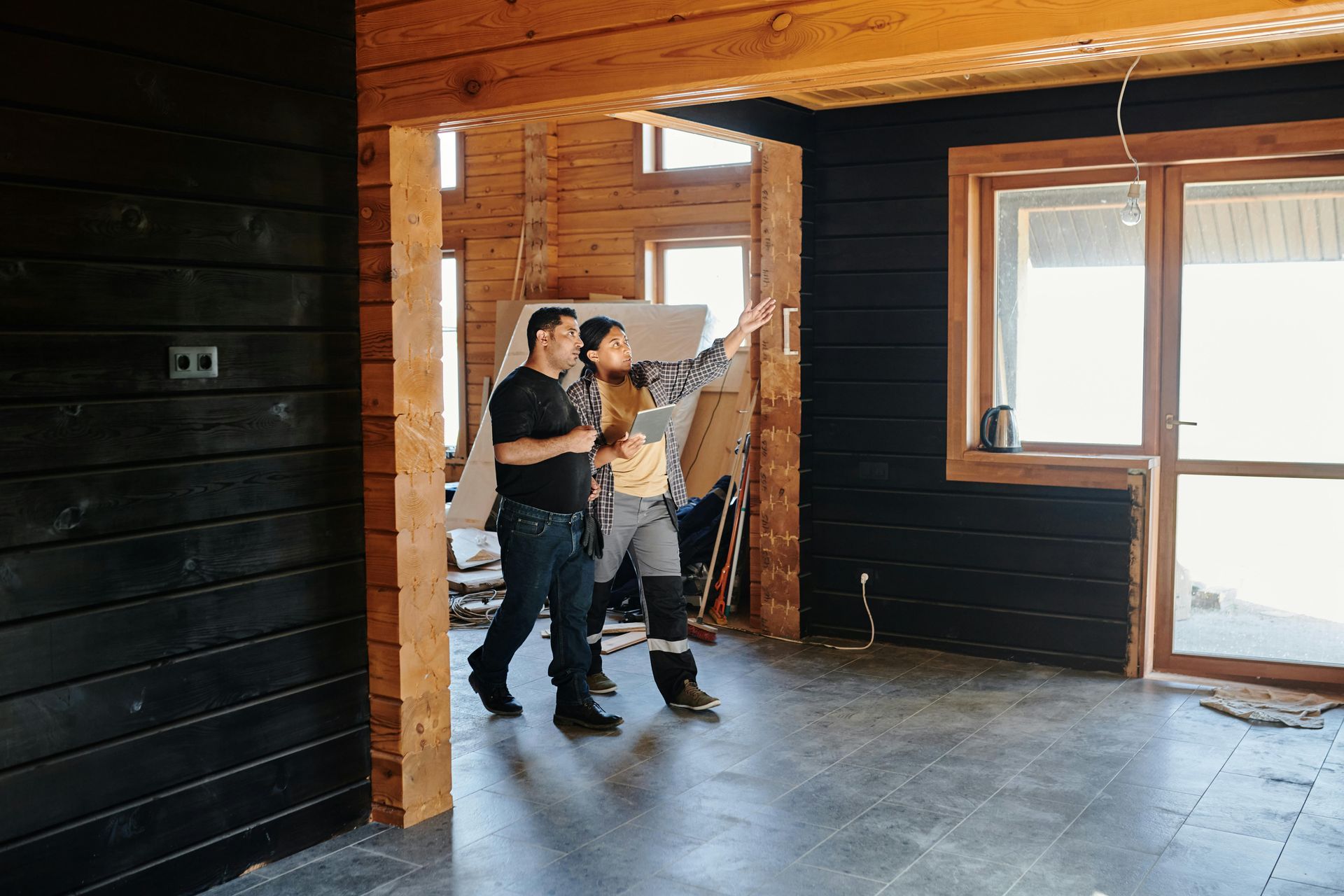A cap rate, or capitalization rate, is simply the estimated rate of return on an investment property. To calculate the capitalization rate, you simply divide the net operating income (NOI) by the current market value of the property. The net operating income is the annual cash flow generated by the property minus the operating expenses.
Cap Rate = (Annual Cash Flow – Operating Expenses) / Current Market Value
Most real estate investors simply refer to the capitalization rate as “cap rate,” and it is expressed as a percentage. This percentage is meant to convey the amount of risk associated with a property. A high cap rate implies more risk, while a low cap rate assumes less risk.
So, what is a good cap rate? A good cap rate depends on a variety of external factors such as location, interest rates, and other demographic information.
Factors that Affect A Good Cap Rate
There are several factors that affect a good cap rate of an investment property, in particular: location, market, asset type, and current interest rates.
Location + Local Market
There is a reason that “location, location, location” is one of the oldest sayings in real estate. Location plays a significant role in driving demand for the property. And the supply of good investments in a location drives the value of the real estate, almost more than any other factor. Thus, we see the impact of location on real estate investments.
Drilling down into a specific location, the market can be defined as either the greater geographic area or the urban vs. suburban location within a metro area. Since current market values define cap rates, current market conditions are a crucial part of the cap rate calculation.
Asset Type
There are five primary types of real estate assets: single family homes and multi-family residences, plus retail, office, and Industrial buildings. Each property type carries its own unique risks that affect cap rates. For example, in an economic downturn, single family rentals are a much safer investment than a commercial property. Here’s why: While businesses may close in a tough economic climate, people always need a place to live.
Interest Rates
The least intuitive part of a cap rate calculation is the interest rate. The rate at which you can borrow money significantly impacts the profitability of a real estate investment. Here is an example that shows how an interest rate can affect a good cap rate:
A property purchased for $100,000 generates $11,400 in revenue each year. The property was purchased with $80,000 financed at a 4% interest rate, with a monthly mortgage payment of $382 and the monthly operating expenses are $200.
Cap Rate = ($11,400 – (($382 + $200) x 12)) / $100,000
This property’s cap rate is over 4%.
Interest rates have a large effect on cap rates. If the interest rate goes up to 6% the cap rate drops to 3%. Difficult to predict and challenging to calculate, interest rates are the most complex element of achieving a good cap rate for your investment.
This article is for informational purposes only. For information specific to your investment situation, consult with a qualified tax adviser, CPA, financial planner or investment manager.











